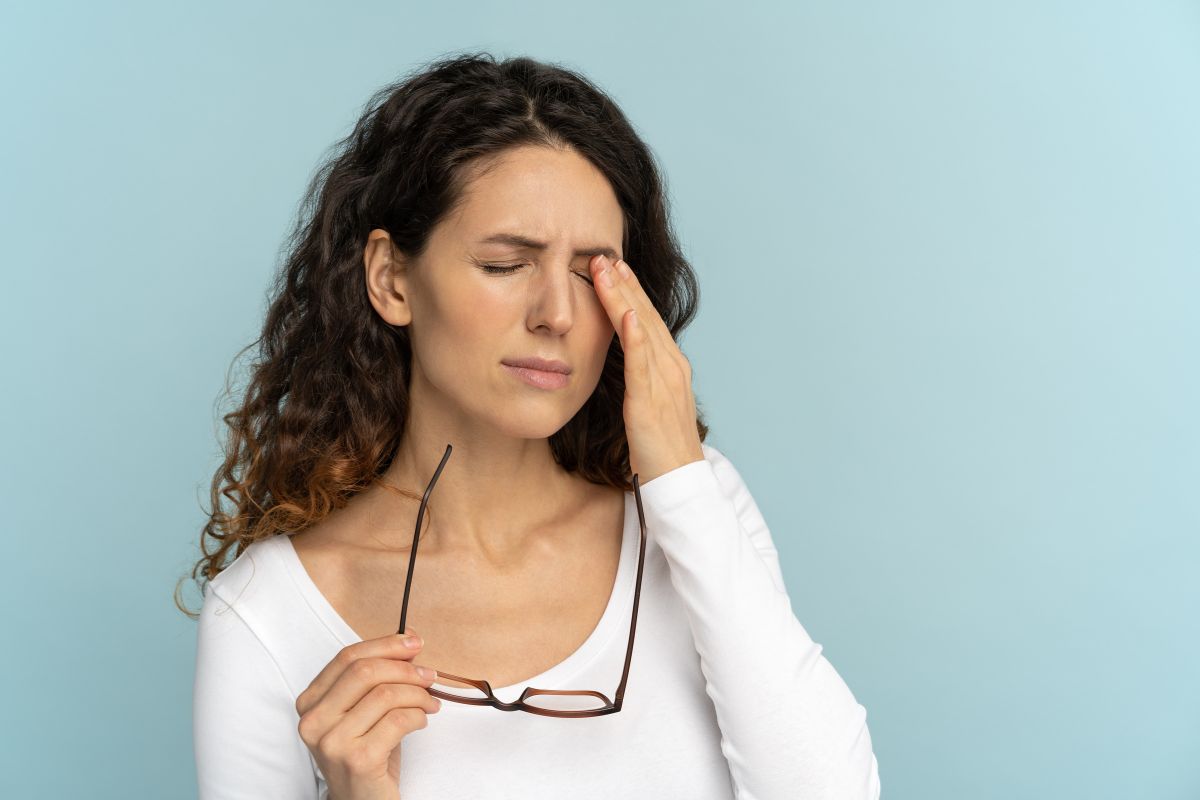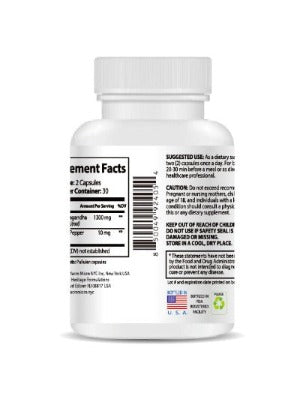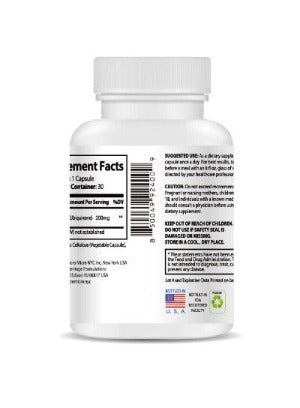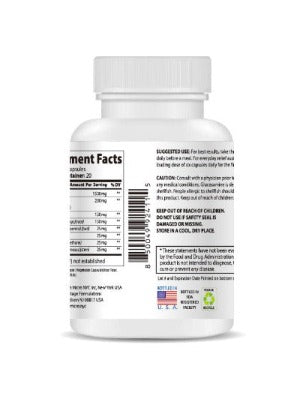Dry Eye Symptoms and Seasonal Changes: A Deep Dive into 2025's Eye Health
As the seasons turn in 2025, many of us notice changes in our environment and well-being. For those dealing with dry eye symptoms, these seasonal shifts can significantly impact their comfort and vision. This comprehensive guide explores the intricate relationship between dry eye and seasonal changes, offering insights and practical strategies for effective management and relief. Understanding the root causes and implementing personalized solutions are key to maintaining healthy, comfortable eyes throughout the year.
Understanding Dry Eye Symptoms: A Spectrum of Discomfort
Dry eye syndrome is a prevalent condition that encompasses a wide spectrum of symptoms. Its manifestations vary in intensity and character, impacting individuals differently. Common symptoms include a persistent gritty or sandy sensation, a burning or stinging feeling, itching, and the irritating sensation of a foreign body in the eye. Many experience fluctuations in dryness, with symptoms worsening at specific times of the day or during particular seasons. Interestingly, excessive tearing can also be a symptom as the eyes attempt to compensate for inadequate lubrication. Redness, fatigue, and blurred vision are further telltale signs of this common condition. The severity of these symptoms can range from mild discomfort to significant visual impairment, affecting daily activities and overall quality of life.
Seasonal Variations and Their Impact on Dry Eye
Seasonal transitions profoundly impact the environment's humidity and temperature, directly affecting the integrity and stability of your tear film. The tear film, a delicate layer protecting the eye's surface, is crucial for maintaining clear vision and preventing irritation. Let's delve into how each season presents unique challenges for those experiencing dry eyes:
Winter's Dry, Cold Assault
Winter's frigid air, often coupled with harsh winds, significantly reduces the tear film's evaporation rate. This leads to a rapid tear film breakdown, intensifying dryness and discomfort. The added use of indoor heating systems exacerbates this problem by further reducing humidity levels, creating a harsh, dry environment for your eyes. The combined effects of low humidity and cold temperatures result in intensified dry eye symptoms, causing discomfort, irritation, and potential visual disturbances. This makes winter a particularly challenging time for those already prone to dry eyes.
Spring's Allergic Onslaught: Double Trouble for Dry Eyes
Spring's arrival, while celebrated for its blooming beauty, introduces a significant increase in airborne allergens such as pollen and dust. These irritants trigger inflammation in the eyes, disrupting the delicate balance of tear production and composition. This inflammatory response contributes to dry eye symptoms, often manifesting as increased redness, itching, and discomfort. The additional strain on your eyes from seasonal allergies can worsen pre-existing dry eye conditions, creating a significant challenge for those who are already vulnerable.
Summer's Heat and Humidity Dilemma: An Unexpected Threat
Summer, with its warmth and sunshine, may seem like a less likely culprit for dry eyes. However, the combination of heat, sun exposure, and air conditioning presents a unique set of challenges. Prolonged sun exposure can increase tear evaporation, leading to accelerated dryness and discomfort. The use of air conditioning, while providing relief from the heat, drastically reduces humidity levels indoors, mimicking the harsh, dry conditions of winter. This creates an environment where dry eye symptoms can flourish. Spending extended periods outdoors, exposed to the elements, further irritates eyes already prone to dryness.
Autumn's Transition Troubles: Inconsistent Conditions
Autumn's transition from warmer temperatures to cooler ones often brings fluctuating humidity levels and unpredictable weather patterns. This variability significantly impacts the tear film, causing discomfort and fluctuating symptom severity. The inconsistent conditions make it challenging to predict and manage dry eye symptoms, requiring a flexible and adaptable approach to treatment and self-care.
Strategies for Managing Dry Eye: A Holistic Approach
Effective dry eye management requires a holistic approach that combines lifestyle adjustments, environmental modifications, and, in some cases, medical interventions. Consistency and patience are key to achieving long-term relief. Here are some essential strategies:
- Hydration: The Cornerstone of Tear Production: Maintaining adequate hydration is crucial. Dehydration directly impacts tear production, worsening dry eye symptoms. Aim for consistent fluid intake throughout the day.
- Humidify Your Surroundings: Combat Dry Air: Utilizing a humidifier, particularly during dry seasons like winter and summer, helps add moisture to the air, reducing tear evaporation. Choose a quality humidifier and regularly clean it to prevent mold growth.
- Protective Eyewear: Shield Your Eyes from the Elements: Wearing sunglasses with UV protection shields your eyes from harsh sunlight, wind, and other environmental irritants. Consider wrap-around styles for maximum protection.
- Regular Eye Breaks: Prevent Digital Eye Strain: Frequent breaks from screens and activities that strain your eyes are vital. Employ the 20-20-20 rule (every 20 minutes, look at something 20 feet away for 20 seconds).
- Omega-3 Fatty Acids: Nourishing Your Tears from Within: Incorporate foods rich in omega-3 fatty acids, such as salmon, flaxseed, and walnuts, into your diet. These essential fatty acids improve tear film quality and reduce inflammation.
- Artificial Tears: Replenishing Your Tear Film: Use over-the-counter artificial tears to lubricate your eyes, especially when symptoms flare. Opt for preservative-free options whenever possible to minimize irritation.
- Warm Compresses: Soothing Sore Eyes: Applying warm compresses can help soothe and relax your eyes, providing temporary relief from discomfort and inflammation.
- Lid Hygiene: Removing Debris and Preventing Blockages: Regularly cleanse your eyelids to remove debris and prevent the blockage of meibomian glands, which contribute to tear production.
Introducing Wise Quest Soothing Eye Patches: A Natural Solution for Dry Eye
For targeted relief from dry eye symptoms, consider Wise Quest Soothing Eye Patches. These innovative patches harness the power of traditional Chinese herbal medicine to address various eye-related concerns, providing a soothing and effective solution. They work to fundamentally relieve eye fatigue, dryness, astringency, redness, and swelling, often caused by prolonged screen time or environmental factors. The carefully selected herbs promote healthy blood circulation, enhancing the overall health and comfort of your eyes. These patches are a gentle, natural approach to alleviating dry eye discomfort, offering a convenient and effective way to manage symptoms.

The patches offer a unique blend of natural ingredients that work synergistically to address the root causes of dry eye. By reducing inflammation and improving blood circulation, Wise Quest Soothing Eye Patches provide long-lasting relief from dryness, itching, and other common dry eye symptoms. The convenient and easy-to-use format makes them ideal for integrating into a busy lifestyle. They're a valuable complement to other dry eye management strategies, offering a natural and effective way to improve your overall eye health and comfort.
Conclusion: Prioritizing Eye Health for a Brighter Future
Dry eye symptoms, often exacerbated by seasonal changes, can significantly impact daily life. By understanding these seasonal triggers and implementing the strategies outlined in this guide, you can take proactive steps to manage dry eye and improve your overall eye health. Incorporating products such as Wise Quest Soothing Eye Patches into your routine can further enhance your comfort and well-being. Remember, consistent self-care and a proactive approach are key to maintaining clear, comfortable vision throughout the year.









